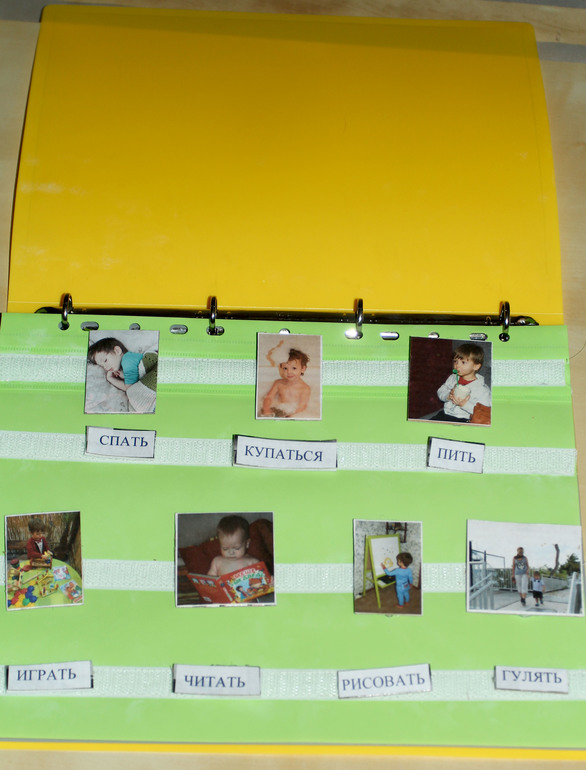
Pecs Kartochki
Individuals who are nonverbal or have limited speech need a communication system they can start using right now. If you work in special education or have a child with a diagnosis you’ve probably heard of the Picture Exchange Communication System (PECS). It’s well-known because it’s an evidence-based practice and when implemented with fidelity, it works!
PECS provides an immediately useful method for requesting things, actions and people, in a way that requires and promotes social interaction. Using the principles of applied behavior analysis, PECS starts by teaching spontaneous requesting and as quickly as possible, moves on to responding to questions as well as commenting about things in the environment.
Airtel ovvoru friendum theva machan song download. An added attraction for preschool children with ASD (Autism Spectrum Disorder) is the high proportion of children who acquire independent speech after the introduction of PECS. However, it’s never too late to start PECS; excellent progress has been made with people who were taught PECS as adults. It’s also important to note that while PECS was initially developed for young children with autism, it has been used successfully with a variety of learners of all ages who have various cognitive, physical and communication challenges.
Aug 1, 2018 - Formations: Pg = Pogoryuiski, Kr = Kartochki, Al = Aladinsky, Krg. Least to moderately altered samples (except those from the Pechenginsky.
With our training courses, you will learn to implement PECS – the evidence-based, AAC system of choice for people with autism worldwide.
What is PECS ®? Developed by Andy Bondy, PhD & Lori Frost, MS, CCC-SLP PECS is a unique alternative/augmentative communication system developed in the USA in 1985 by Andy Bondy, PhD, and Lori Frost, MS, CCC-SLP. PECS was first implemented with pre-school students diagnosed with autism at the Delaware Autism Program. Since then, PECS has successfully been implemented worldwide with thousands of learners of all ages who have various cognitive, physical and communication challenges.
The PECS teaching protocol is based on B.F. Skinner’s book, Verbal Behavior, and broad spectrum applied behavior analysis. Specific prompting and reinforcement strategies that will lead to independent communication are used throughout the protocol. The protocol also includes systematic error correction procedures to promote learning if an error occurs. Verbal prompts are not used, thus building immediate initiation and avoiding prompt dependency.

PECS consists of six phases and begins by teaching an individual to give a single picture of a desired item or action to a “communicative partner” who immediately honors the exchange as a request. The system goes on to teach discrimination of pictures and how to put them together in sentences. In the more advanced phases, individuals are taught to use modifiers, answer questions and comment. The primary goal of PECS is to teach functional communication. Research has shown that some learners using PECS also develop speech. Others may transition to a speech generating device (SGD).
The body of research supporting the effectiveness of PECS as an evidence-based practice is substantial and continues to expand,.